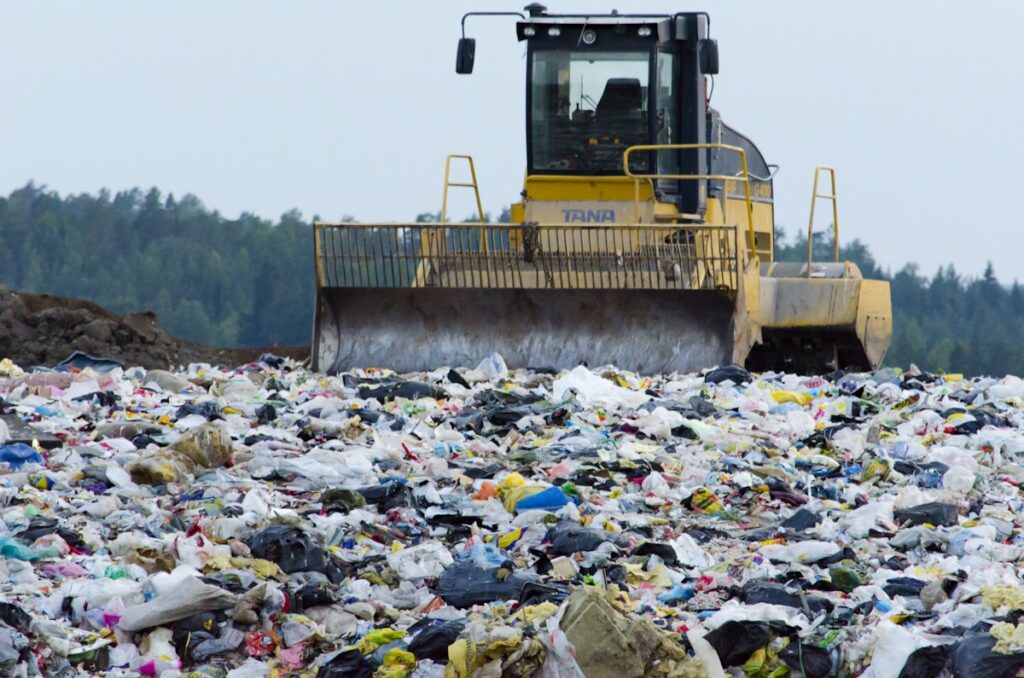*The opinions expressed within the content are solely the author’s and do not reflect the website’s or its affiliates’ opinions and beliefs.*
Merriam-Webster dictionary defines fast fashion as an approach to the design, creation, and marketing of clothing fashions that emphasizes making fashion trends quickly and cheaply available to consumers.
This definition explains the business practice many clothing stores utilize to mass produce products and draw customer interest for economic benefit. By taking advantage of a cheap means of production, businesses like Forever 21 or the more recent Shein can constantly provide an overwhelming amount of clothing for prices that seem a little too good to be true. It’s a corporate dream come true.
Unfortunately, those prices come with costs that customers are unaware they’re paying – costs of the environment. The fast fashion industry is a major contributor to pollution and waste creation. The constant cycle of fast fashion produces enormous amounts of waste that clog landfills and harm ecosystems. When clothing is mass-produced, a significant portion of the materials used in the process end up in landfills.
This is due to manufacturers using poor-quality textiles and cutting corners wherever possible to reduce costs. The result is a staggering amount of clothing that is discarded before it even reaches the customer. The fabric waste doesn’t stop there though, with trends coming and going so quickly, styles and brands become obsolete in the blink of an eye. People throw out clothes that “aren’t trendy” at an alarming rate. According to Earth.org, in the US alone consumers discard 81.5 lbs worth of clothing items every year. All of that waste ends up in landfills like the one in Chile’s Atacama, where the piles of clothes are so massive that they can be seen from space.
Besides fabric waste, fast-paced production also contributes to excessive amounts of carbon emissions released into the atmosphere. Production plants run on fossil fuels and the transportation of goods from factories to stores adds to the environmental impact of this irresponsible business model.
In addition to environmental impacts, fast fashion has a human cost as well. Many of the workers in fast fashion factories are exploited, underpaid and forced to work in unsafe conditions. These practices violate human rights and create a cycle of poverty that keeps workers trapped in a system that exploits their labor.
Although many consumers are unaware of the costs of fast fashion, they do have a role to play in reducing its impact. Consumers can choose to buy second-hand clothing, invest in sustainable and ethical brands, or support brands that prioritize eco-friendly and socially responsible practices. By taking these steps, we can all work together to reduce the environmental and social costs of fast fashion.










